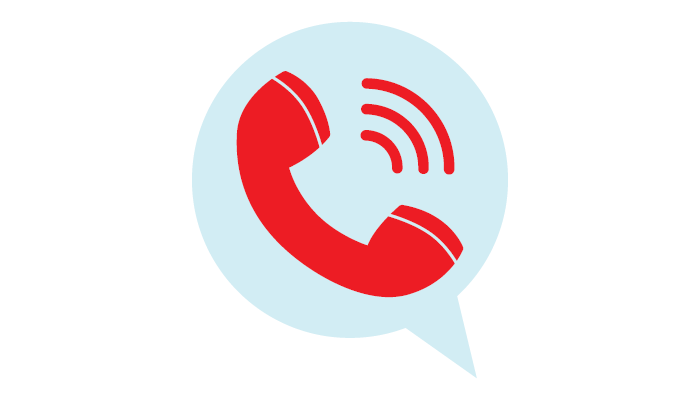Running an effective call center is all about resolving customer issues in a timely fashion.
One of the best Key Performance Indicators (KPIs) to reflect this is Average Speed of Answer (ASA). In this guide, we’ll walk you through the basics of ASA, why it’s important, and how to calculate it.
What is ASA?
ASA is a call center metric indicating the average amount of time it takes for your staff to answer calls over a specific time period.
This includes the amount of time callers wait on hold, but it does not include the time it takes for callers to navigate through the IVR.
Why is ASA Important?
Your ASA rate reflects how successful your customer service and call center operations are. A low score can lead to poor customer satisfaction, reduced agent satisfaction, high abandonment rates, as well as the following:
Long Handle Times
Upset customers who are kept waiting will be sure to express their grievances. Even a simple exchange of “what took so long?” can take up precious minutes before you can even address their issue. The longer you’re on the phone, the fewer customers you can serve — trust us, the minutes add up.
Low Efficiency
Naturally, long handle times will impact the quality of service you provide to your customers. The fewer problems you’re able to address, the more frustrated your customers will become. This can lead to call abandonment; and once they hang up the phone, it’s much more difficult to recover their faith in your support team.
Disrupting Management
Long wait times leave customers with the impression that your call center agents are incompetent. This can result in more callers requesting to speak to management. If you find this is a common challenge, consider providing additional training so your agents are better equipped to handle those types of interactions to limit the number of escalated calls.
Increased Costs
And of course, there’s the bottom line. Callers waiting in queue doesn’t just affect your efficiency — it also costs your business money. In fact, 61% of consumers say they have stopped transacting with a business after a poor service experience.
How Do You Calculate ASA?
When measuring ASA, it’s all about the total wait time for answered calls vs. total number of answered calls. Using these metrics, call centers can improve their service, increasing their success rate and effectiveness. Call centers that track ASA and other KPIs have the ability to provide superior service to clients, thus in turn benefitting both parties.
How ASA Impacts Other Call Center Metrics
You can save money and increase customer satisfaction by actively managing your ASA. This will positively impact your employees as well. When call center agents don’t have a huge queue to work through, they are less likely to be stressed and will in turn provide better service. A good customer service organization is only as good as the employees they retain.
You’ll also be less likely to have customers abandoning calls only to call back later in the day for the same issue. Remember, you want your team to increase their first-call resolution (FCR) rate as time goes on.
Tips to Lower ASA in Your Call Center
Looking for ways to lower your ASA? Here are some of the top tips to consider for your call-center service:
Improve Call Forecasting
Managing call volume and expectations is key. It sets clear expectations for your management and staff, and will have a huge impact in reducing ASA.
Manage Your Workforce
Make sure that the right agents with the right skills are working exactly when they are needed. This is imperative when working to reduce average speed of answer in the call center.
Prioritize Continuous Training
Set aside time for additional training. Offer your team lunch and learns sessions and/or helpful articles or data to encourage development. In order to reduce average speed of answer in the call center, agents must have the skills necessary to effectively meet callers’ needs.
Lowering ASA rates is key for any manager in a call center. Track these metrics so you can leverage the best performance practices from your employees while improving customer service quality and customer satisfaction.

The Executive Guide to Improving 6 Call Center Metrics
Measuring and improving call center metrics can be a pain point for executives. Download our free guide to help you improve 6 key call center metrics.
